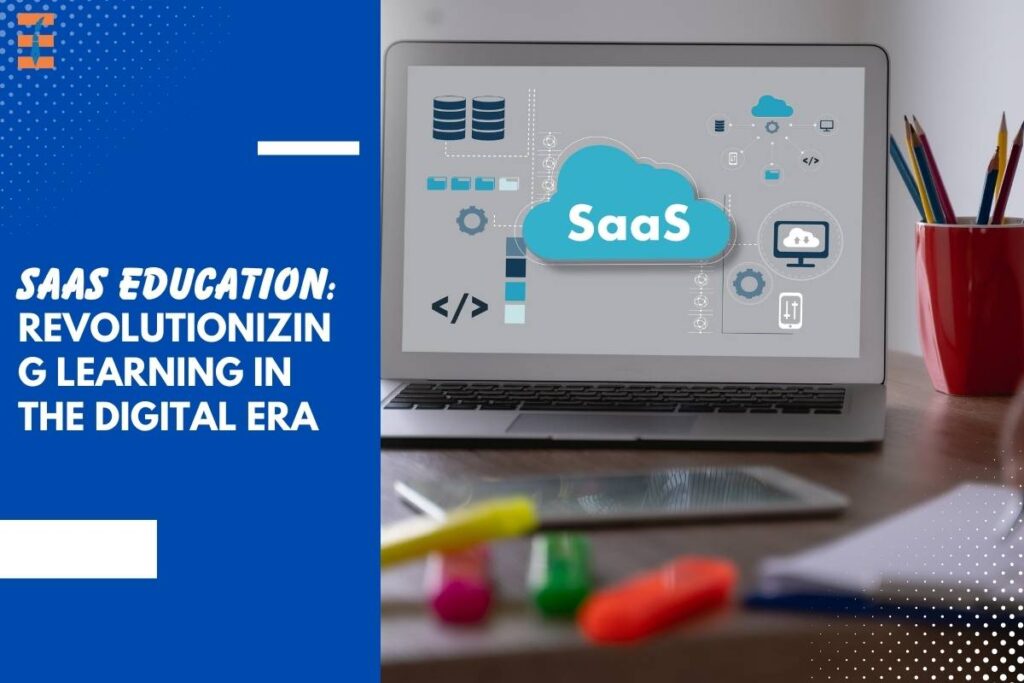The landscape of education has been rapidly evolving, particularly in the digital era where technology has become an integral part of everyday life. One of the significant advancements in this domain is the emergence of Software as a Service (SaaS) education. SaaS education, also known as cloud-based learning, has revolutionized traditional educational approaches by offering scalable, accessible, and innovative solutions. This article explores the profound impact of SaaS education on learning methodologies, student engagement, institutional management, and the future of education.
Understanding SaaS Education
It refers to the delivery of educational services and resources through cloud-based software applications. Unlike traditional educational software that requires installation and maintenance, SaaS solutions are hosted centrally and accessed remotely via the Internet. This model enables educational institutions, teachers, and students to access a wide range of tools and resources conveniently, with minimal infrastructure requirements.
Advantages of SaaS Education
1. Accessibility
Perhaps the most significant advantage of this is its accessibility. Students can access learning materials and resources from anywhere with an internet connection, breaking down geographical barriers and enabling learning beyond the confines of traditional classrooms.
2. Scalability
SaaS solutions offer scalability, allowing educational institutions to adapt to changing student populations and evolving educational needs easily. Institutions can scale up or down their usage based on demand, ensuring efficient resource allocation.
3. Cost-effectiveness

By eliminating the need for extensive hardware and software infrastructure, SaaS education reduces upfront costs for educational institutions. Moreover, the pay-as-you-go pricing model of many SaaS solutions enables institutions to only pay for the services they use, making it a cost-effective option.
4. Continuous Updates and Maintenance
SaaS providers handle software updates, maintenance, and security, relieving educational institutions of the burden of managing IT infrastructure. This ensures that institutions always have access to the latest features and enhancements without the hassle of manual updates.
5. Collaboration and Communication
SaaS education platforms often include features for collaboration and communication, facilitating interaction between students and teachers. From discussion forums to real-time messaging, these tools enhance engagement and foster a sense of community in online learning environments.
Impact on Learning Methodologies
SaaS education has profoundly influenced learning methodologies, offering a variety of tools and features that cater to diverse learning styles and preferences. Adaptive learning algorithms personalize learning experiences, providing tailored content and pacing based on individual student progress. Gamification elements make learning more engaging and enjoyable, while multimedia resources enhance understanding and retention of complex concepts.
Furthermore, SaaS solutions enable flipped classrooms and blended learning approaches, where students can access lecture materials, videos, and interactive quizzes online before attending in-person or virtual discussions and activities. This flexibility accommodates different schedules and learning paces, empowering students to take control of their learning journey.
Enhanced Student Engagement
Engaging students in the learning process is essential for academic success, and SaaS education excels in this aspect. Interactive features such as quizzes, polls, and virtual simulations captivate students’ attention and promote active participation. Additionally, real-time feedback mechanisms allow students to assess their understanding instantly, enabling them to address any misconceptions or gaps in knowledge promptly.
Moreover, SaaS platforms often incorporate social learning elements, encouraging collaboration and knowledge sharing among peers. Discussion forums, group projects, and peer-to-peer feedback mechanisms foster a sense of community and collective learning, enhancing students’ communication and teamwork skills.
Streamlined Institutional Management
From administrative tasks to academic planning, SaaS education streamlines institutional management processes, enabling efficient operations and resource allocation. Integrated Learning Management Systems (LMS) centralize course materials, assignments, and grades, simplifying course administration for instructors and providing students with a unified platform for accessing educational resources.
Administrators benefit from analytics and reporting tools that provide insights into student performance, course effectiveness, and resource utilization. These data-driven insights enable institutions to identify areas for improvement, optimize course offerings, and allocate resources strategically, ultimately enhancing the overall quality of education.
Challenges and Considerations

While SaaS education offers numerous benefits, it also presents challenges and considerations that must be addressed.
1. Digital Divide
Access to technology and internet connectivity remains a significant barrier for some students, exacerbating existing inequalities in education. Bridging the digital divide through equitable access initiatives is crucial to ensure that all students can benefit from SaaS education.
2. Data Security and Privacy
As educational data is stored and processed in the cloud, ensuring data security and privacy is paramount. Educational institutions must implement robust security measures and adhere to data protection regulations to safeguard sensitive student information.
3. Quality of Content and Instruction
The proliferation of SaaS education solutions has led to a wide range of content and instructional quality. Educational institutions must carefully evaluate and select SaaS providers that offer high-quality, pedagogically sound resources to ensure effective learning outcomes.
4. Training and Support
Adequate training and support for educators and students are essential for the successful implementation and utilization of these platforms. Institutions should invest in professional development programs and technical support services to empower users and maximize the benefits of SaaS solutions.
The Future of SaaS Education

As technology continues to evolve, the future of SaaS education holds immense potential for further innovation and transformation. Artificial intelligence (AI) and machine learning algorithms will enable more personalized and adaptive learning experiences, catering to individual student needs and preferences. Virtual and augmented reality technologies will create immersive learning environments, allowing students to explore complex concepts in new and exciting ways.
Moreover, the integration of blockchain technology may revolutionize credentialing and certification processes, providing secure and tamper-proof credentials that validate individuals’ skills and achievements. As it continues to evolve, it will play a central role in shaping the future of learning and education, making quality education accessible to learners worldwide.
Conclusion
SaaS education has emerged as a transformative force in the field of education, offering scalable, accessible, and innovative solutions that revolutionize traditional learning methodologies. From personalized learning experiences to enhanced student engagement and streamlined institutional management, the benefits of this are undeniable. However, addressing challenges such as the digital divide, data security, and instructional quality is essential to realizing the full potential of it. As we look towards the future, SaaS education will continue to evolve, shaping the way we teach and learn in the digital age.










